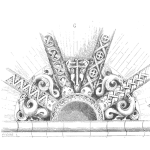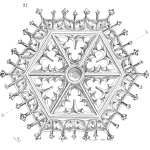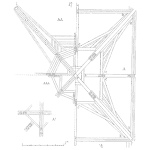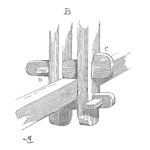
Maintenance and Reliability improvement are keys to Operational Excellence – without them, you’ll suffer high costs and reduced outputs. This interview by Ryan Chan of UpKeep gives insight into what Uptime is, how it works towards Maintenance and Reliability improvement. The value it can deliver is high, how it does it is straight-forward, and leaders are needed to make it happen.










